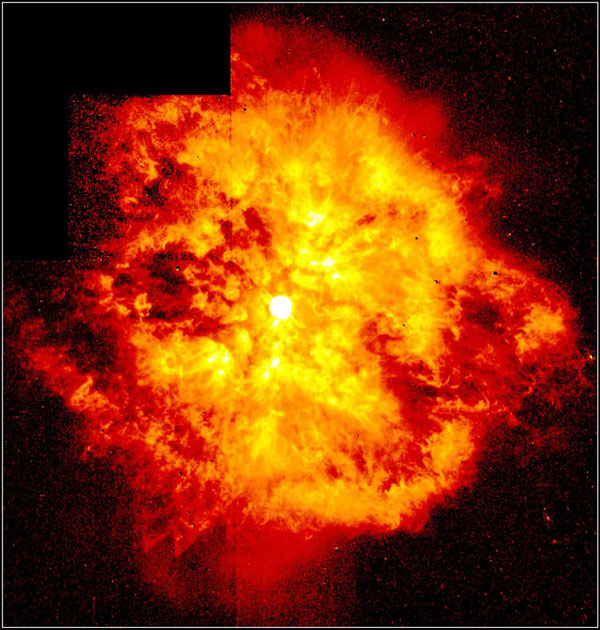Four entirely independent channels are known to exist by means of which information can reach us from distant part of the universe.
1. Electromagnetic radiation: gamma rays, x rays, ultraviolet, visible, infra-red and radio waves.
2. Cosmic ray particles: These are mostly high energy electrons, protons and heavier nuclei as well as the (unstable) neutrons and mesons. Some cosmic ray particles consist of antimatter.
3. Neutrinos and antineutrinos: There are three known types of neutrinos and antineutrinos each associated with three leptons (electron, muons and tauons)
4. Gravitational waves: Waves which supposed to carry gravity.
Most of use are familiar with channel (1), currently the channel through which we obtain astronomical information. Here we briefly discuss other channels.
Cosmic ray particles
There are fundamental differences between cosmic ray particles and electromagnetic or gravitational waves
(a) Cosmic rays move at very nearly the speed of light whereas electromagnetic or gravitational waves move at precisely the speed of light.
(b) Cosmic ray particles can be electrons, neutrons or nuclei of atoms, all with positive rest mass.
(c) When electrically charged, these particles are deflected by cosmic magnetic fields. The direction from which a charged cosmic ray particles arrives at the earth is usually unrelated to the actual direction of the source.
Cosmic ray astronomy is far more advanced than either neutrino or gravitational wave work. Through cosmic ray studies we hope to learn about the chemistry of the universe on a large scale.
Neutrino / Antineutrino
Neutrino have extremely low rest mass. They have one great advantage that they can traverse great depths of matter without being absorbed. Neutrino astronomy could give us a direct look at the interior of stars, much as x-rays can be used to examine a medical patient for lung ailments.
Neutrino could also convey information about past ages of the Universe because, except for a systematic energy loss due to the expansion of the Universe, the neutrinos are preserved in almost unmodified form over many aeons . Much of the history of the universe must be recorded in the ambient neutrino flux but so far we do not know how to tap this information.
A search of solar electron neutrino at first seemed to show that the flux received at Earth is lower than had been predicted, based on expected nuclear reactions in the Sun. However we now know that neutrinos oscillate between electron-, meu- and tau- states. The originally predicted rate at which electron neutrinos are radiated by the Sun appears to have been correct but a large fraction of these neutrinos are converted into mue- and tau- neutrino before they reach Earth.
Gravitational waves
Gravitational waves have not been directly detected. When reliably detected, it will give information regarding the motion of very massive bodies. The existence of gravitational waves is indirectly inferred from observations on changes in the orbital motions of closely spaced pairs of compact stars. We seemed to be on the threshold of important discoveries that are sure to have a significant influence on astronomy.
It is clear that astronomy can not be complete until techniques are developed to detect all the principal means by which information can reach us. Until then astrophysical theories must remain promissory.






